Bumblebees Are Getting Squeezed by Climate Change
Across North America and Europe, the insects are just not keeping up with shifting temperatures
Honeybee woes dominate the news, but those pint-sized pollinators aren’t the only members of the Apoidea family that are dropping like flies. Bumblebees are also feeling the heat—specifically, from climate change. Across both North America and Europe, those fuzzy insects are failing to keep up with shifting temperatures, disappearing from their southern range while also refusing to migrate north.
Researchers have known for several years that bumblebees in certain parts of the world, including the U.S., are on the decline. Until now, however, no one had figured out why that was so or definitively connected the trend to climate change. To probe the mystery, scientists from Canada, Europe and the U.S. turned to bumblebee observation records collected across Europe and North America, dating back 110 years and encompassing 67 species. They overlaid these geo-tagged observations with temperature data for the same locations and time span, and then used a statistical analysis to look for correlations. They also controlled for factors such as human development and pesticide use.
Across the board, temperature was the only variable that significantly correlated with bumblebee loss, the team reports today in Science. As the global thermostat has crept up, bumblebees that were commonly found along the hottest, southernmost parts of their species’ ranges from 1901 to 1974 have now simply disappeared. In both Europe and the U.S., the bees’ southern ranges have contracted by up to 185 miles. In some hilly southern locations, bumblebees are still present but only at higher elevations—and thus, cooler temperatures—than in past decades.
At the same time, the researchers were surprised to find that bumblebees have failed to shift their range north, a coping strategy that has been seen in many other species, including butterflies, birds and even some trees. This is despite the fact that warmer temperatures have created potential habitats in places that were previously too cold for the bees.
While the researchers do not know why bumblebees are not moving north, they suspect it might have something to do with their evolutionary history. While many other insects originally evolved in tropical climates and moved outward from there, bumblebees originated in the Palearctic, or cooler areas in the northern hemisphere. This distinction perhaps makes them more averse to following warming temperatures, as other species have done in the past and are doing now, the authors speculate.
“Global warming has trapped bumblebees in a kind of climate vise,” lead author Jeremy Kerr, a biologist at the University of Ottawa, says in a statement. “For species that evolved under cool conditions, like bumblebees, global warming might be the kind of threat that causes many of them to disappear for good.”
Bumblebees, like honeybees, are important pollinators that help perpetuate many crops that humans depend on. To ensure that these insects are around in the future, Kerr and his colleagues warn that manual transplants—moving bees from warmer to cooler locations—might be necessary. Whether such an extreme plan would actually work, however, is unknown. As the team points out, the only sure-fire way to save bumblebees, as well as droves of other species, is to halt climate change.
/https://tf-cmsv2-smithsonianmag-media.s3.amazonaws.com/accounts/headshot/Rachel-Nuwer-240.jpg)
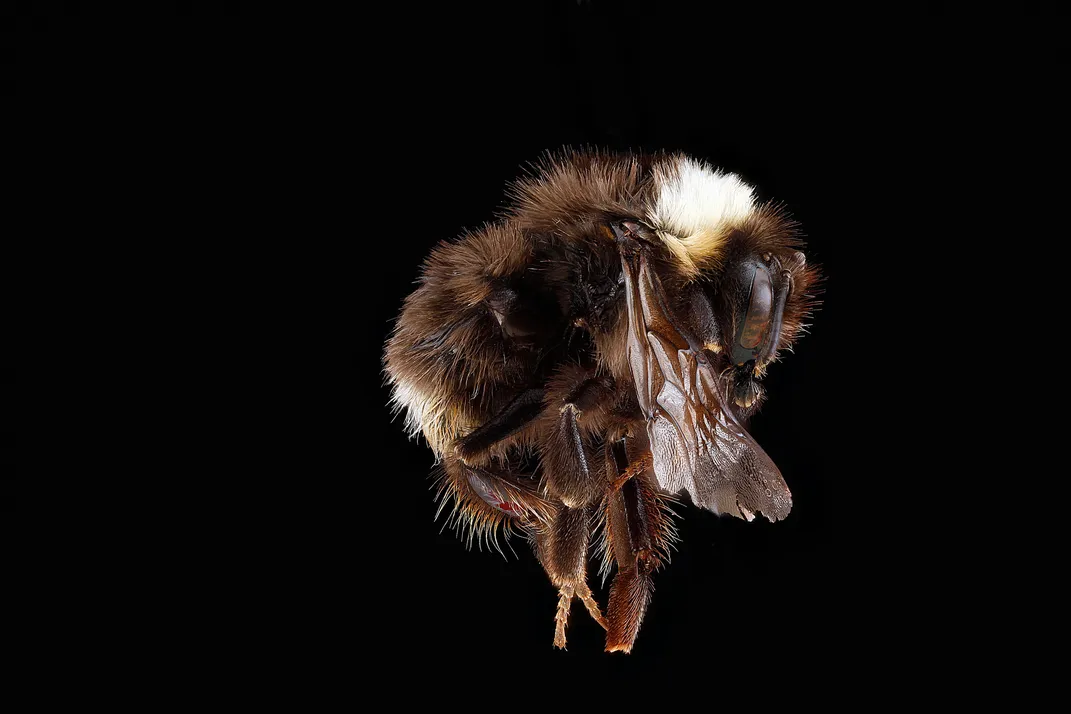
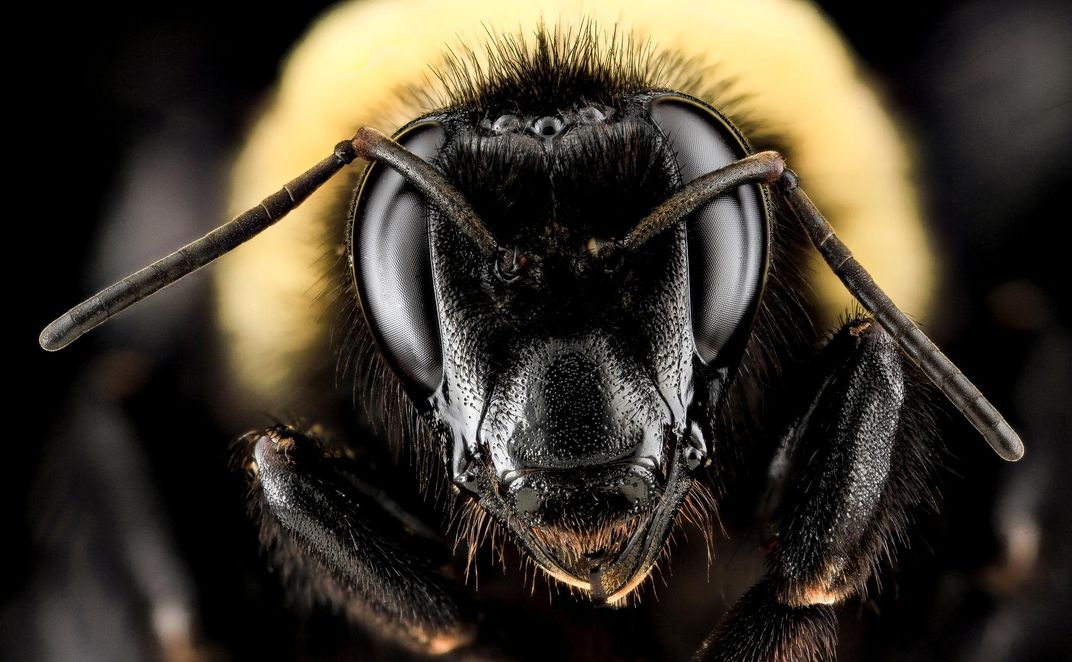
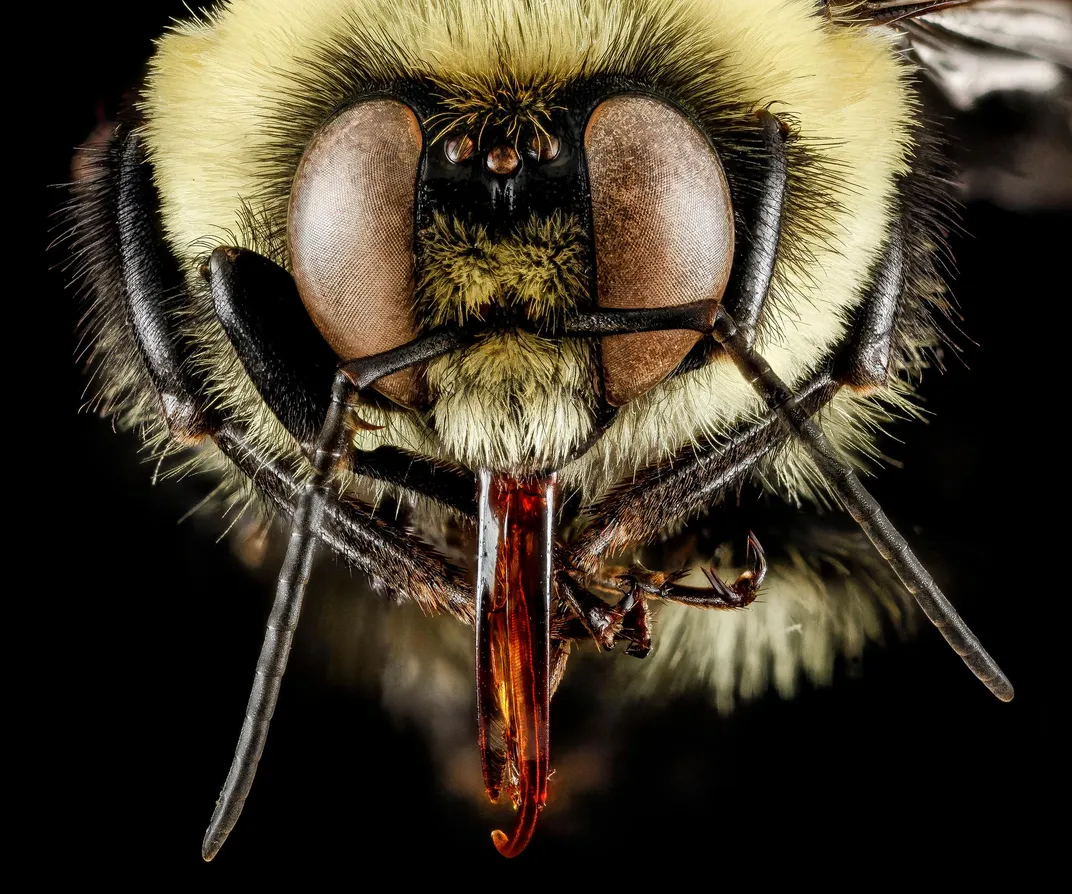
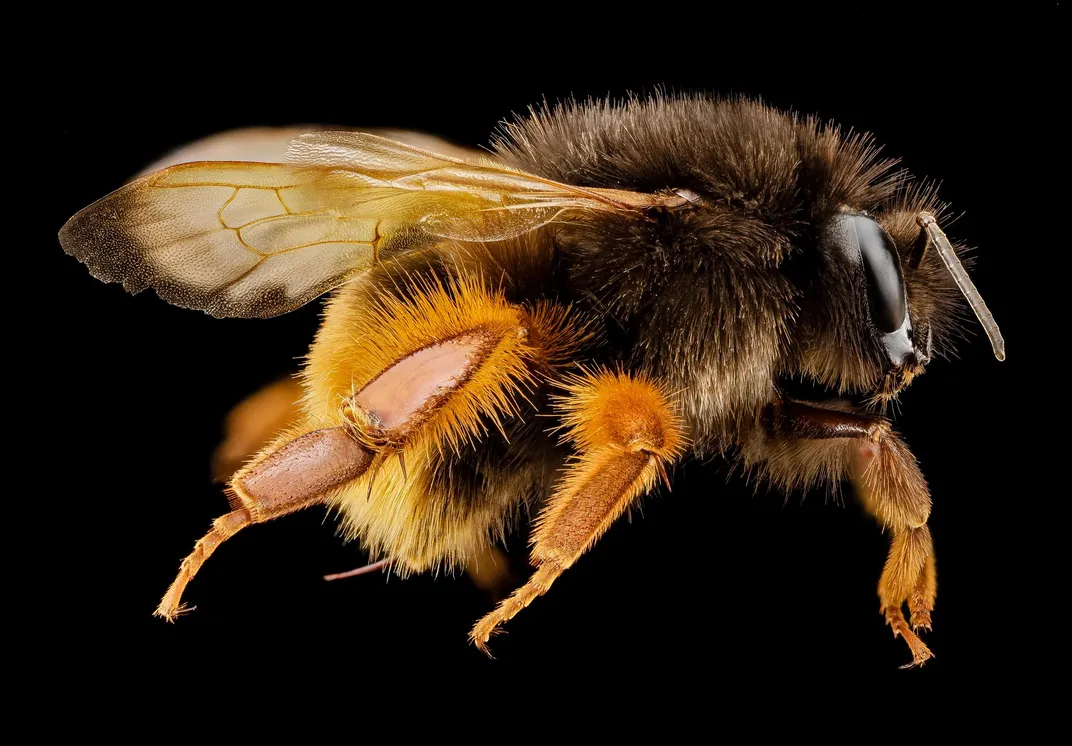
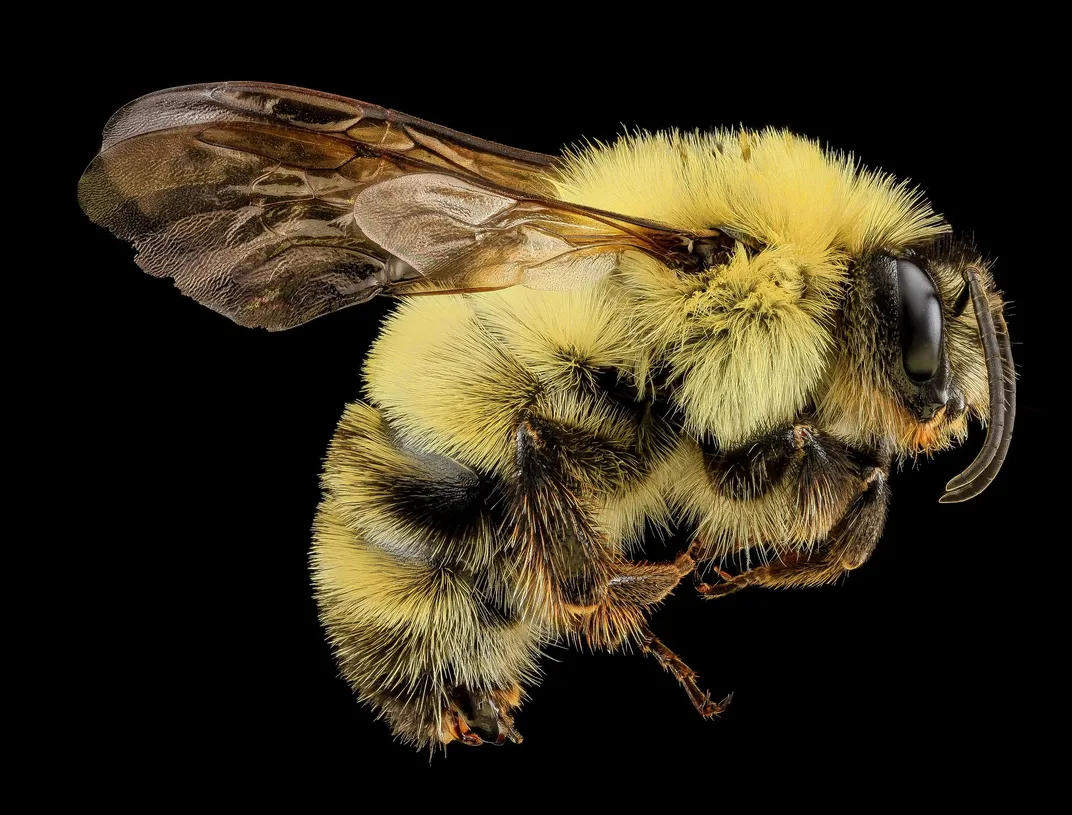
/https://tf-cmsv2-smithsonianmag-media.s3.amazonaws.com/accounts/headshot/Rachel-Nuwer-240.jpg)